 Clyde Crosley
Clyde Crosley
Gender: Male - Starting with C
 Clyde Crosley
Clyde Crosley
Cross Hollow (Camp)
 David Cross
David Cross
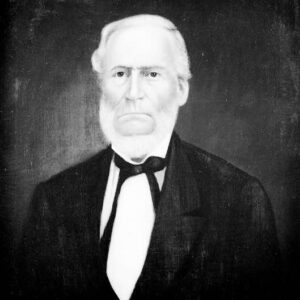 Edward Cross
Edward Cross
Cross, Edward
Cross, John Storrs
 John Storrs Cross
John Storrs Cross
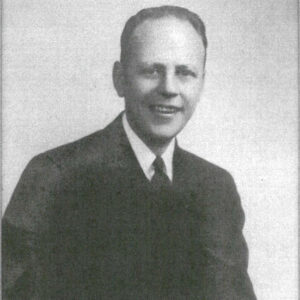 John Storrs Cross
John Storrs Cross
 John Storrs Cross Tribute
John Storrs Cross Tribute
 John Storrs Cross with FCC
John Storrs Cross with FCC
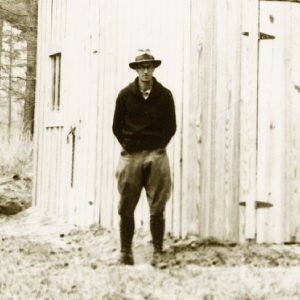 Russell Reynolds, Crossett Experimental Forest
Russell Reynolds, Crossett Experimental Forest
Crossett Lynching of 1904
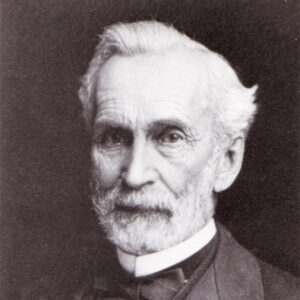 Edward Crossett
Edward Crossett
Crossett, Edward Savage
Crow, Charles Patrick (Pat)
 Pat Crow
Pat Crow
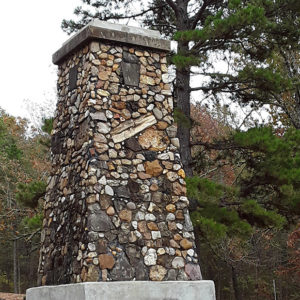 Crowley Monument
Crowley Monument
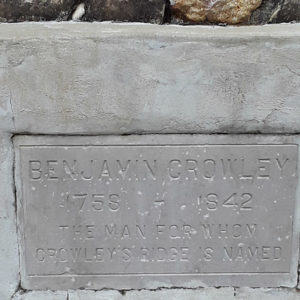 Crowley Monument Detail
Crowley Monument Detail
Crowley, Benjamin
 Benjamin Crowley
Benjamin Crowley
Crownover (Lynching of)
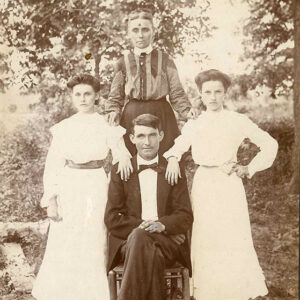 Andy Crum
Andy Crum
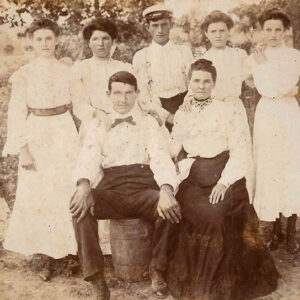 Andy Crum
Andy Crum
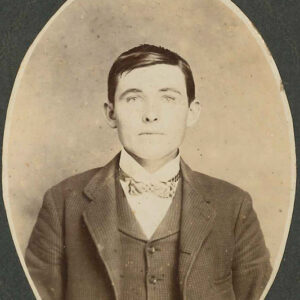 Andy Crum
Andy Crum
Crumpler, Denver Dale
Crumpton, Boudinot (Execution of)
aka: Bood Burris (Execution of)
Culbreath, Lee Edward (Murder of)
 The Culls
The Culls
Cummins Prison Break of 1940
Cummins Prison Strike of 1974
Cunningham, Charles E.
 Charles E. Cunningham
Charles E. Cunningham
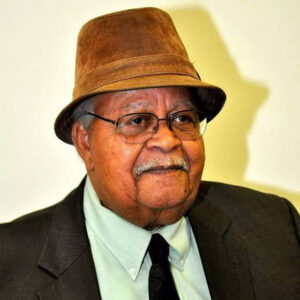 Charles F. Cunningham
Charles F. Cunningham
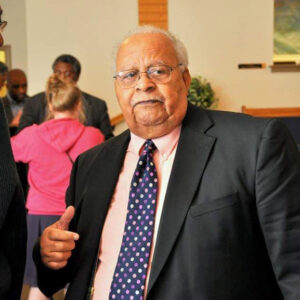 Charles F. Cunningham
Charles F. Cunningham
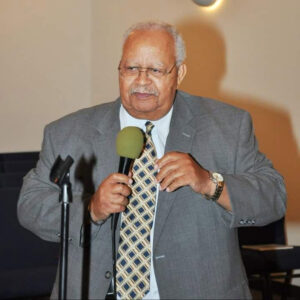 Charles F. Cunningham
Charles F. Cunningham
Cunningham, Charles Franklin
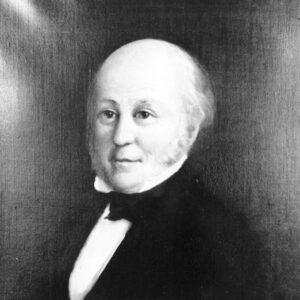 Matthew Cunningham
Matthew Cunningham
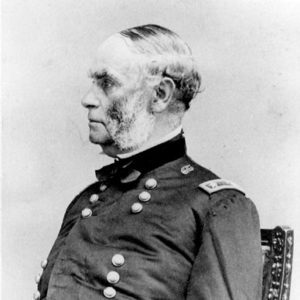 Samuel Curtis
Samuel Curtis
 Samuel Curtis
Samuel Curtis




